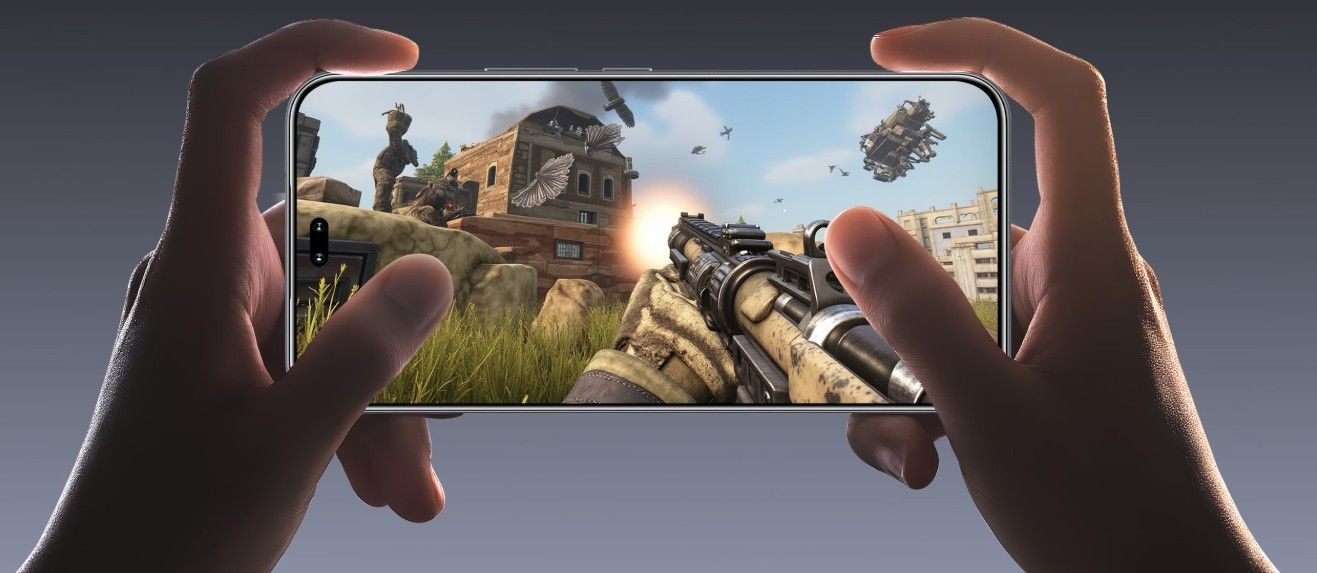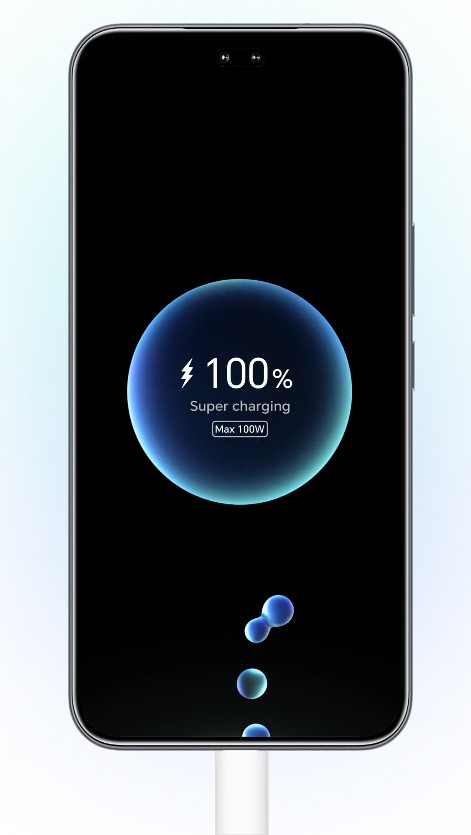Gamers have higher expectations than other smartphone users. Reliability, fluid visuals, and high frame rates may make or ruin a game. Because of this, not every gadget meets the requirements of dedicated mobile gamers. To provide seamless gaming without latency or overheating, a number of components, from hardware to software, are essential. Prior to choosing a gaming smartphone, it's critical to know what features are most important. In order to assist you in selecting a device that matches your preferences and skill level, this article deconstructs the essential features and characteristics that impact gaming performance.

What Makes a Phone Good for Gaming?
Processor and GPU Performance
The processor and GPU influence how effectively a phone can run demanding games. Look for flagship-grade chipsets intended to manage high workloads with ease. A powerful CPU provides rapid loading times, while a robust GPU facilitates smooth graphics rendering, eliminating frame drops and visual stuttering. Devices created with gaming in mind sometimes have unique optimizations for sustained performance under stress. Without a strong chip mix, even casual games may slow amid intense action. The HONOR 400 Pro stands out with a high-performance setup that offers consistently smooth gameplay, making it an excellent option for mobile gamers.
Display Refresh Rate and Touch Response
A fast refresh rate smoothes animations and enhances the naturalness of interactions. A display refresh rate of 120Hz or more gives a significant advantage in gaming, particularly in fast-paced titles. Touch response time is also crucial since it determines how quickly the screen responds to your input. Lower latency results in speedier reflex execution during real-time games. Together, these display characteristics enhance visual clarity and responsiveness. Gamers should choose phones with screens designed for little input latency and bright images. This combination provides a more immersive and competitive experience, whether racing, shooting, or exploring wide landscapes.
RAM and Internal Storage Needs
Gaming applications are becoming increasingly complex, with many running in the background. Even with resource-intensive games, having at least 8GB of RAM allows for seamless multitasking and smooth gaming. In terms of storage, open-world RPGs and shooters sometimes reach several gigabytes; thus, having 128GB or more of internal storage is desirable. Fast UFS 3.1 storage also minimizes load times and increases game launch performance. Avoid devices that lack storage expansion or need app unloading. A phone with enough RAM and internal storage ensures you won't experience annoying slowdowns or have to regularly uninstall applications to make way for new games.

Which Features Should You Prioritize?
Battery Life and Fast Charging Support
Extended gaming sessions will quickly deplete power; thus, a big battery—preferably 4500mAh or higher—is required. However, capability alone is not sufficient. Look for gadgets that have smart power management and quick charging capabilities, preferably at 66W or greater. This enables rapid top-ups in between games or during brief pauses. Phones with optimized gaming settings often change screen brightness, CPU consumption, and background operations to maximize playtime while maintaining performance. Balancing battery life and charging speed guarantees that the device is ready when you are, reducing interruptions and allowing you to completely focus on your games without worrying about low battery messages.
Thermal Management and Cooling System
Gaming creates heat, and without sufficient cooling, a phone's performance might suffer, resulting in slower frame rates and worse responsiveness. Thermal management devices, such as vapor chambers or graphite layers, disperse heat more efficiently during vigorous gameplay. Some gaming cell phones have temperature sensors and dynamic cooling modifications to minimize overheating while maintaining performance. Even after lengthy gaming sessions, a well-cooled phone is still comfortable to carry. Choosing a device with a specific thermal design lowers the risk of long-term component degradation and extends battery life. Prioritizing effective heat control helps maintain constant frame rates, allowing you to stay competitive while avoiding the discomfort of lag spikes or crashes.
Game-Specific Features and Software Add-ons
Beyond hardware, software features designed specifically for gamers provide significant value. Look for game boosters that intelligently manage resources, prevent alerts, and improve touch sensitivity during gameplay. Some gadgets provide adjustable control layouts, screen recording, and floating windows to improve the gaming experience. Haptic feedback, shoulder triggers, and audio upgrades can all improve immersion. These technologies transform a standard phone into a gaming powerhouse, allowing users to customize their experience while eliminating distractions. Smart software integration bridges the gap between power and playability, guaranteeing that each game performs optimally. These clever features may be the difference between decent and excellent gaming.
Conclusion
Choosing a gaming smartphone entails more than just selecting the latest model. Understanding how CPU power, display quality, RAM, storage, and cooling interact allows you to make more informed investment decisions. Additional factors like battery efficiency and game software features make a significant impact on long-term satisfaction. For those who are serious about mobile gaming, concentrating on these elements results in smoother sessions, faster reflexes, and improved overall performance. Devices like the HONOR 400 Pro illustrate how powerful specifications and careful design may improve mobile gaming performance. Maintain a clear set of goals, and you'll find a smartphone that provides both entertainment and usefulness without sacrificing either.
